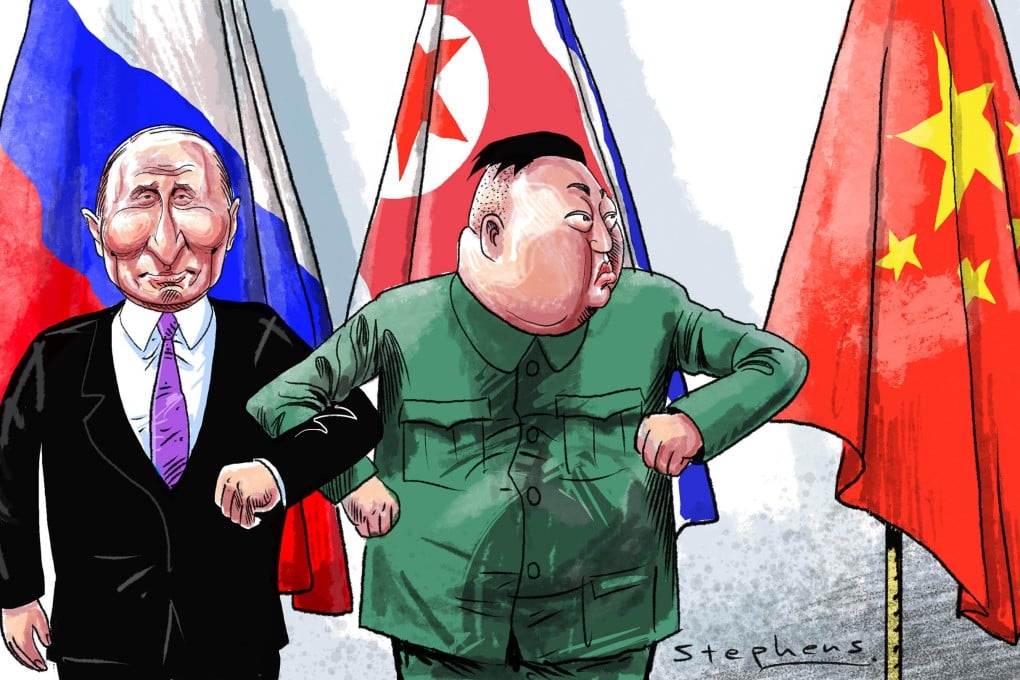Opinion | What North Korea’s Kim Jong-un is really up to
North Korea’s true aim is not to take military action against the South but rather to create tensions to its own advantage

Meanwhile, Russia, still at war with Ukraine, seeks to use the situation on the Korean peninsula to counter the United States and its allies and supporters in the region. China, which should play a key balancing role in its own backyard, has stayed largely silent.
Amid the current turmoil, North Korea’s true aim is not to take military action against the South but rather to create tensions to its own advantage. Its biggest strategic goal is to use all means possible to recreate the alliance between China, the Soviet Union and North Korea that had been in place for much of the time since the start of the Korean war, or at least to form two separate bilateral alliances with China and Russia. All of Pyongyang’s recent efforts are directed towards achieving this.
Consider the actions of North Korean leader Kim Jong-un. According to a report by the Korean Central News Agency (KCNA), Kim held a meeting on national defence and security on October 14, and outlined “tasks to be tackled in the operation of the war deterrent and the exercise of the right to self-defence”.
This is rather subdued, given Kim’s statements in a Korean Worker’s Party meeting late last year and in parliament early this year, when he spoke of “occupying, subjugating and reclaiming” the South.

